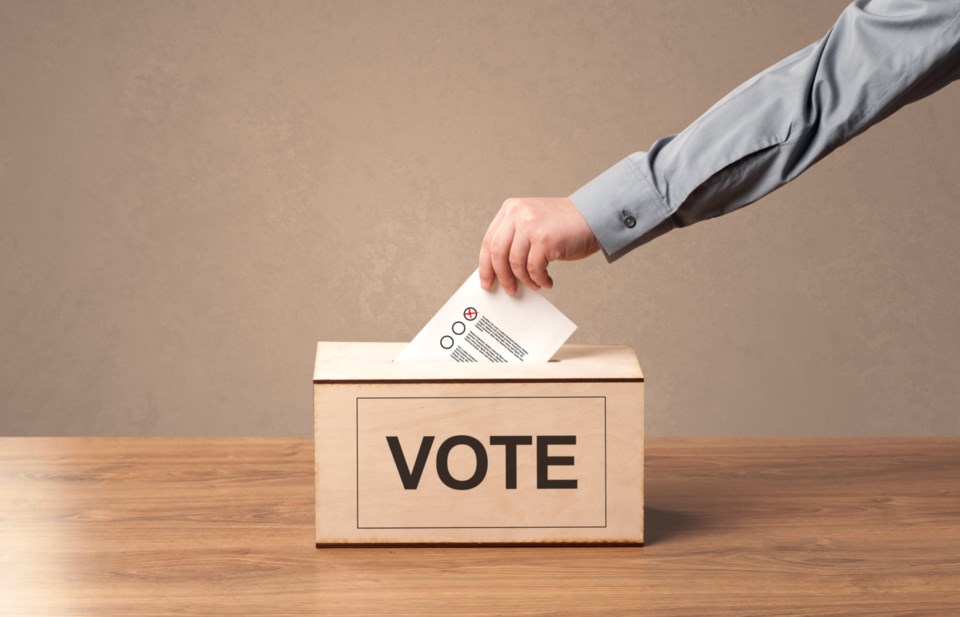There is concern that a shorter campaign period and ongoing concerns over the pandemic may create some confusion when it comes to voting in the upcoming federal election.
Those voting in advance — using what Elections Canada calls 'special ballots' — are presented with blank ballots, which list no options. Instead, they are made to write in the name of the candidate for whom they are voting.
Elections Canada spokesperson Réjean Grenier says blank ballots have been used since 1993.
“You could have been voting by special ballot since the beginning of the campaign," he explained. "Candidates have a while during the campaign to register with Elections Canada and we do not print ballots with the names of candidates until that deadline."
The deadline was Aug. 30, followed by 48 hours during which time the information is verified and candidates are certified.
Barrie resident Myrna Clark, who has previously run as a federal NDP candidate and describes herself as a seasoned voter, says she's concerned that new voters might be confused by the process.
“There seems to be little direction for university and college students,” she said. “Where do I vote… and who do I vote for?”
And those who are presented with the blank ballot when they vote in advance may be confused and may not be able to recall the candidate’s full name or spell it wrong.
The shorter campaign, Clark says, gives everyone involved less time to communicate details about the election and the candidates who are running.
“I think people are overwhelmed because of the pandemic, what’s on the news is Afghanistan. … There’s just so many stresses going on. It should be easier for people to know how to vote and it doesn’t seem like it is,” she said.
Electors can vote in advance by special ballot by either going into the local election office or requesting one online at elections.ca. That ballot can be completed in the returning office or be mailed in by Sept. 14.
Students and others who are not currently living in the riding in which they want to vote can also use the special ballot.
Once Elections Canada mails out the voting kit, that voter is scratched off the voting list and cannot vote in person on Election Day to prevent people from voting twice.
“We are lucky, in some ways, because of Elections Canada, in comparison to a country like the United States,” said Michael Johns, visiting professor with York University’s department of politics.
He says there are benefits to having a centralized, non-partisan agency that runs our elections.
“Elections Canada tends to do a pretty remarkable job in getting registrations out to people, getting the polling stations up and running," Johns said.
And this time around, officials must impose physical distancing and the other pandemic-related rules.
There's a uniformity for every voter, no matter where they are across the country. Although, it won’t be perfect, Johns says.
He contrasts the process in Canada to that of the U.S., where each state is in control of the national election — some states have electronic ballots, some paper, some allow mail-in ballots, some don’t, and the timing of it all isn’t consistent, which leads to confusion.
“Having Elections Canada, everything is uniform across the entire country in the ballot areas, down to what the ballot boxes look like and the pencils that they use,” he said. “And there is a confidence that comes with that.”
For more information on Simcoe North's election race, visit our CanadaVotes2021 page.
For general information on the election, visit elections.ca.
The federal election is set for Sept. 20.
